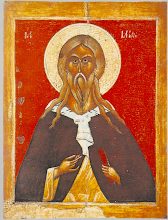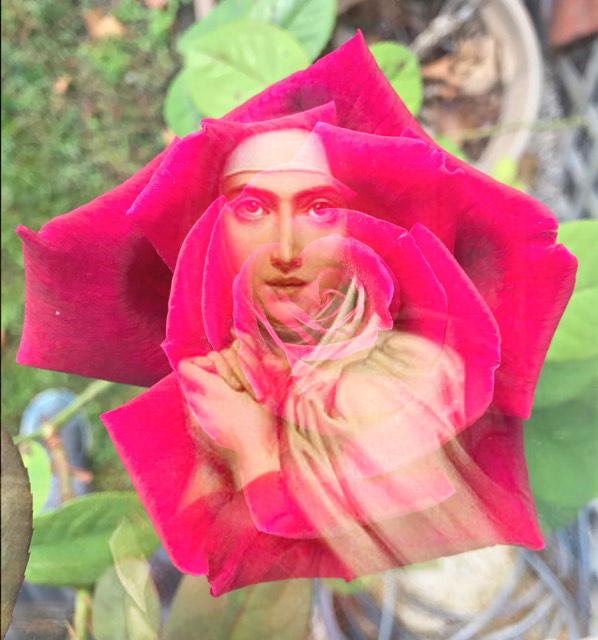DIJON-FRANCE (12-07-2011).- On July 11, 2011, in the Chapel of the Archbishop of Dijon, in the presence of the Most Reverend Roland Minnerah, Archbishop of Dijon, the super miro process for the canonization of Blessed Elizabeth of the Trinity (1880-1906) was opened.
After a brief prayer and in the presence of a relic of the Carmelite of Dijon, the following members of the Tribunal were sworn in: His Excellency, Ennio Apeciti of the Archdiocese of Milan, Archdiocesan Judge-Delegate; Canon Paul Chadeuf, Promoter of Justice; and Mr. Yves Frot, Notary.
Canon Marc Galen, Archdiocesan Chancellor, read the supplice libello of the Vice-Postulator for the Cause, Father Antonio of the Mother of God, OCD, in which opening of the process is requested as a result of the proposed miracle attributed to the intercession of Blessed Elizabeth of the Trinity.
Following this initial session, three Discalced Carmelites of the Monastery of Flavignerot were interviewed. The Belgian Monastery of Flavignerot is the location of the proposed healing miracle of Miss Marie-Paul Stevens.
Marie-Paul is a professor of religion in the Marist Brothers’ School in Malmedy, Belgium. In May 1997, she began to experience great difficulty in articulating words, simultaneously with the onset of salivary dysfunction. On the advice of a physician who was her friend, she underwent clinical analyses with a resulting diagnosis of Sjögren syndrome. This disease would gradually affect several body systems.
She traveled to Flavignerot after several unsuccessful treatments to thank Elizabeth of the Trinity for her support during her illness. On April 2, 2002, after having prayed in the chapel of the Carmel and made thanksgiving to Elizabeth for her help, she sat on some stones surrounding the parking area of the Monastery. Unexpectedly, before the dumbfounded eyes of two friends who accompanied her, she lifted her arms on high and exclaimed, full of surprise and joy, “I am no longer ill!” After that day, Marie-Paul resumed a completely normal life. (Read entire article.)
Born in December
2 hours ago





















